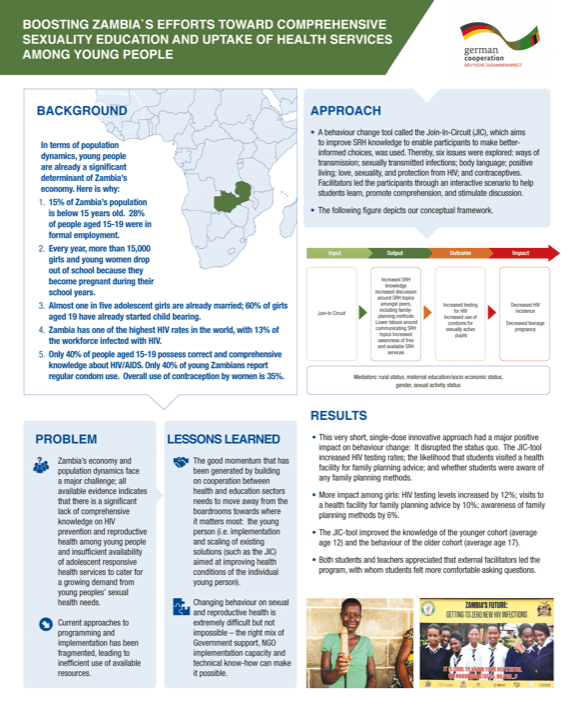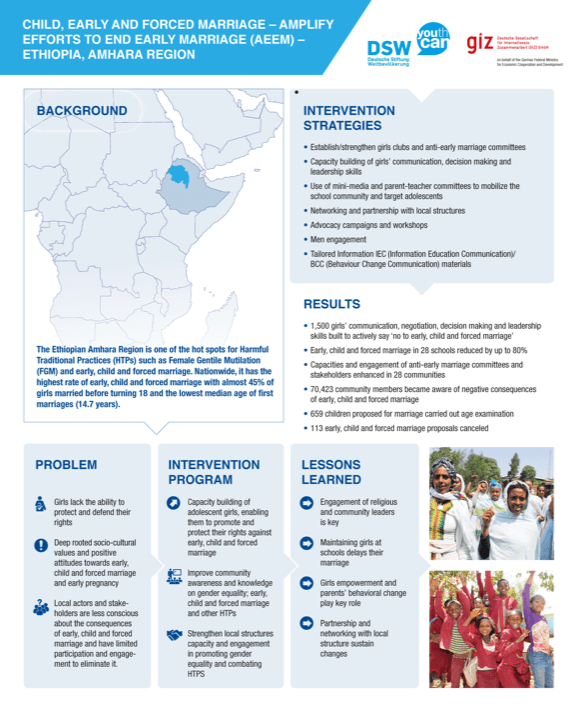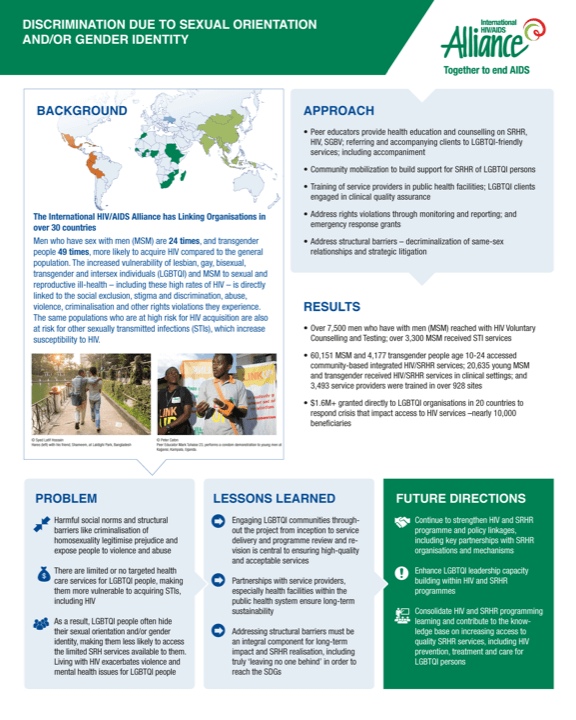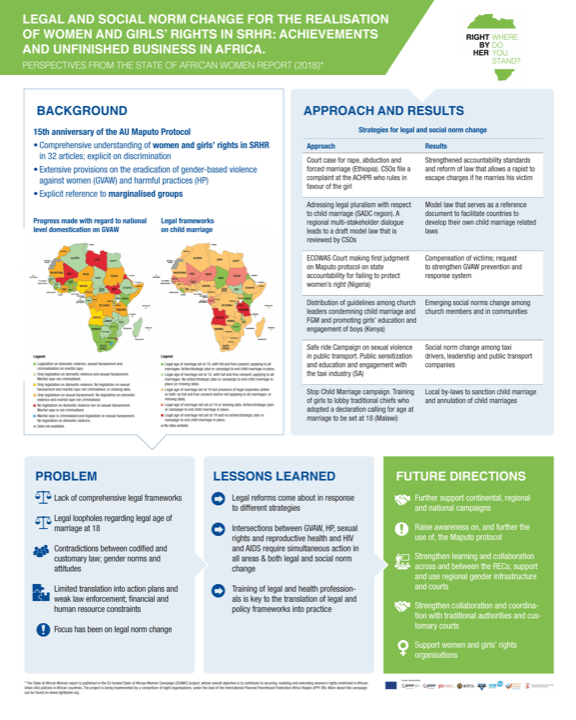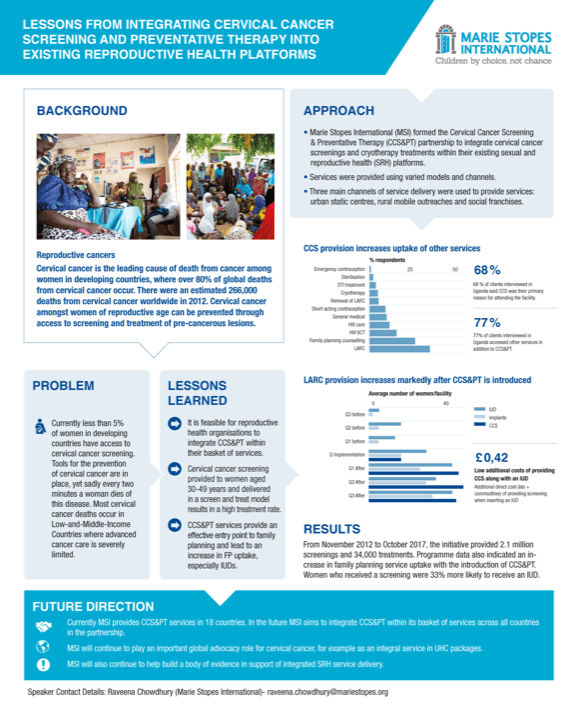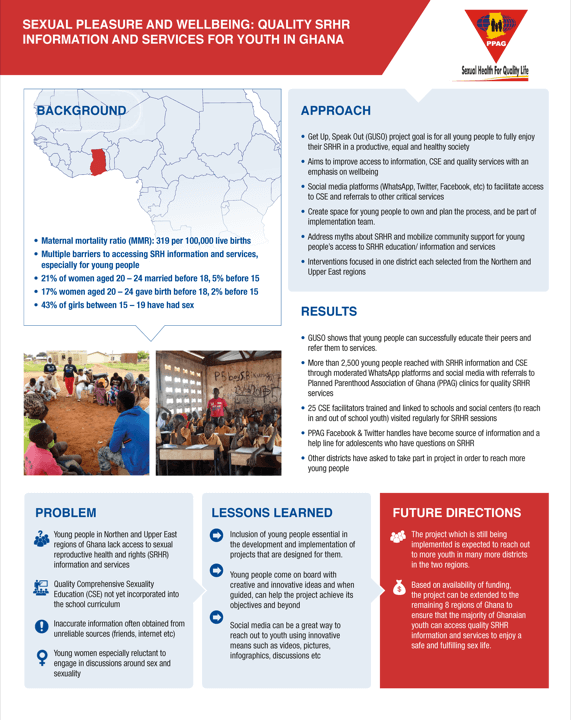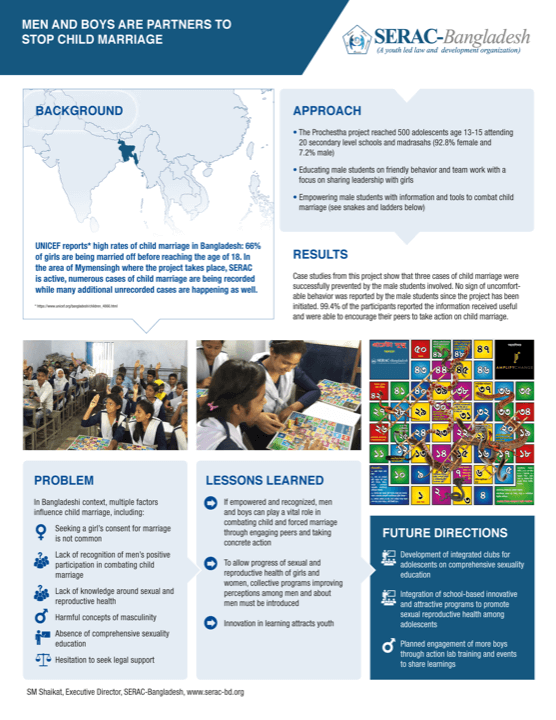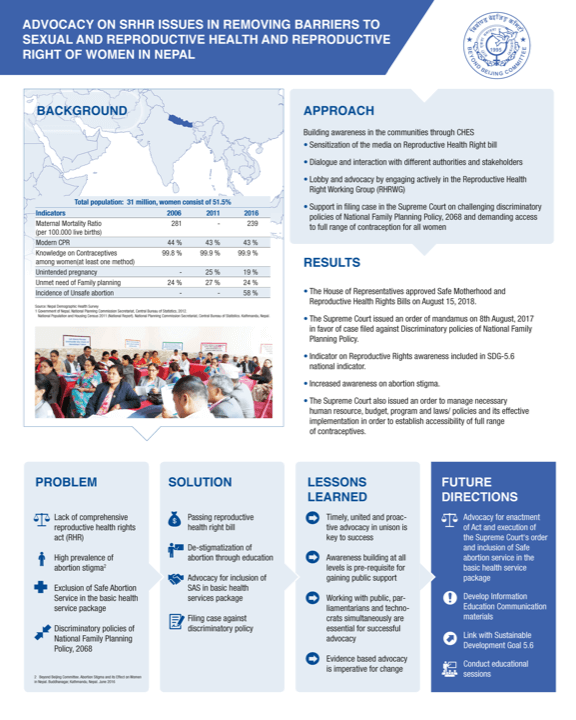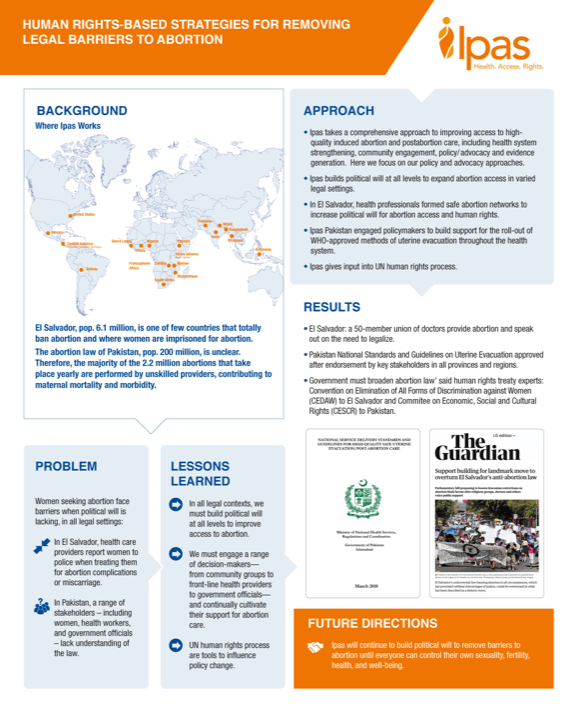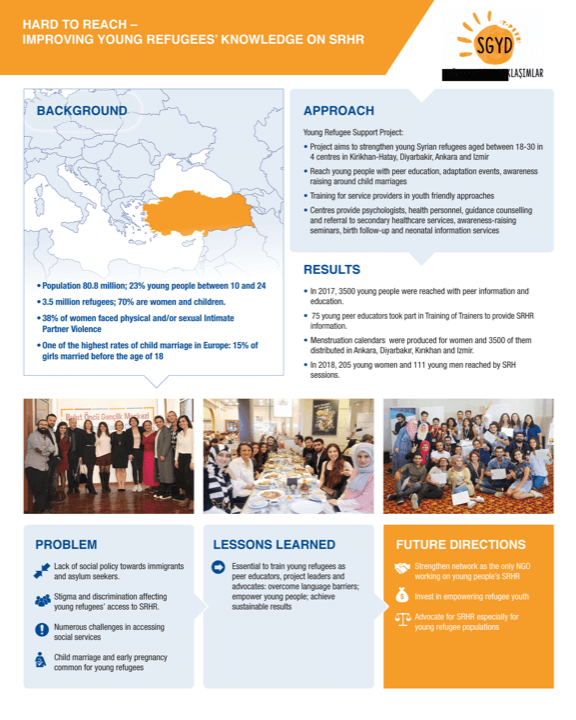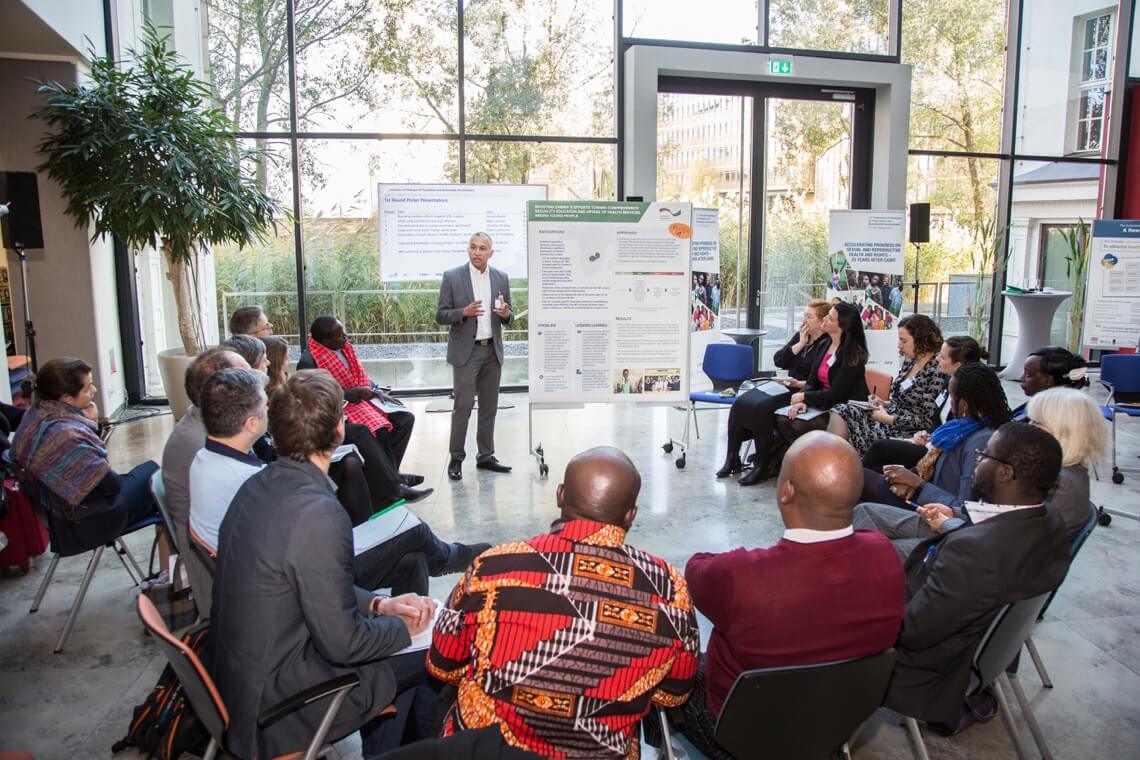
The afternoon of the second day of the Dialogue was taken up with poster presentations from 10 different participants, illustrating good practices of SRHR approaches in different countries that align with the key areas defined by the Guttmacher-Lancet Commission on SRHR. Each poster was presented twice over three sessions to give participants the opportunity to take part in as many interactive discussions as possible in the available time and for poster presenters to attend other sessions as well. The ten poster presentations covered a wide range of issues and approaches.
1. Boosting Zambia’s efforts towards comprehensive sexuality education and uptake of health services by young people
Huzeifa Bodal, head of the GIZ multi-sectoral HIV Programme in Zambia, presented a poster summarising the process and outcomes of setting up a behaviour change tool called ‘Join-In-Circuit‘ in selected schools in Zambia. The tool aims at improving knowledge on HIV prevention, reproductive health and sexuality among young Zambians as sensitive topics like this are often considered taboo in school environments. A randomized controlled trial showed the effectiveness of this intervention: even a ‘single dose’ has led to positive behaviour change outcomes such as increased uptake of HIV testing, especially amongst girls.
2. Child, early and forced marriage – amplify efforts to end early child marriage (AEEM) in Ethiopia’s Amhara Region
Nigus Simane, Manager of the Deutsche Stiftung Weltbevölkerung’s Partnership and Resource Mobilisation Department in Ethiopia summarised the intervention strategies of his project that aims to reduce harmful traditional practices such as early, child and forced marriage in Ethiopia’s Amhara Region. These interventions include advocacy campaigns and workshops to help communities, parents and men to understand the harmful effects of these practices, engaging community and faith leaders and empowering young girls through anti-early marriage committees and clubs to ensure that their voices are heard.
3. Discrimination due to sexual orientation and/or gender identity
Christine Stegling, Executive Director of the International HIV/AIDS Alliance, described in her poster how to adequately address social stigma, structural barriers like the criminalisation of homosexuality and limited or no targeted health care services for LBGTIQ* people. Successful measures, amongst others, are community mobilisation to build support for SRHR of LBGTIQ* people, counselling and accompanying clients to LBGTIQ*-friendly services, the training of service providers in public health facilities or the reporting and monitoring of rights violations.
4. Legal and social norm change for the realisation of women and girls’ sexual and reproductive health and rights
Elsbet Lodenstein, a researcher for the Royal Tropical Institute (KIT) in the Netherlands, presented a poster that focused on the major challenges to realize SRHR for women and girls in Africa. She said that a lack of comprehensive legal frameworks, limited translation of policy frameworks into action plans, continuing legal loopholes regarding the legal age of marriage and contradictions between codified and customary laws are the main obstacles. To address that measures such as trainings of legal and health professionals to translate the frameworks into practices, awareness campaigns, strengthened collaboration with traditional authorities and the support of women and girls’ rights organisations are recommended.
5. Lessons from integrating cervical cancer screening and preventative therapy into existing reproductive health platforms
Raveena Chowdhury, head of Cervical Cancer Prevention Programme and Thomas Lee, Senior Adviser for MSI (Marie Stopes International), jointly presented a poster on the cervical cancer screening and preventative therapy partnership MSI formed to integrate cervical cancer screenings and cryotherapy treatments within existing SRHR platforms. Cervical cancer is the leading cause of death from cancer for women in developing countries. There, less than 5 per cent of women have access to cancer screening. To counter that, the initiative provided 2.1 million screenings and 34.000 treatments in 18 countries from 2012 to 2017 and will continue to do so.
6. Sexual pleasure and wellbeing: Quality SRHR information and services for Youth in Ghana.
Archibald Adams from the Planned Parenthood Association of Ghana presented a poster on the Get Up, Speak Out (GUSO) project, which aims to improve access to comprehensive sexuality education (CSE) to young people in Ghana. There CSE had not yet incorporated into the school curriculum and young people often obtained inaccurate information about sex and sexuality or were reluctant to talk about such things. To facilitate access to CSE the GUSO project used social media tools such as WhatsApp to reach out to young people, addressed myths about SRHR to overcome social stigma and included young people in the implementation process of the programme. So far, the project reached over 2.500 young people through moderated WhatsApp platforms and 25 CSE facilitators were trained and linked to schools for regular SRHR sessions.
7. Men and boys are partners to stop child marriage - Bangladesh
In his poster presentation, S.M. Shaikat, the Executive Director of SERAC-Bangladesh, introduced the Prochestha project that focuses on involving men and boys in combating child marriage. He began by citing UNICEF’s findings that 66 per cent of girls are married off in Bangladesh before reaching the age of 18. To raise awareness and change perceptions among male students, the project uses playful approaches such as ladder games and educational methods with a focus on sharing leadership with girls. Over 99 per cent of the participants reported that the information received was useful and that they were able to encourage their peers to take action on child marriage.
8. Advocacy on SRHR issues in removing barriers to sexual and reproductive health and reproductive rights for women in Nepal
Shanta Laxmi Shresta, Chairperson of Nepal’s Beyond Beijing Committee and member of a Think Tank within the Ministry of Women, Children and Social Welfare, gave a poster presentation in which she outlined the advocacy efforts of the organisation to improve SRHR in Nepal. By sensitising the media to the issues, building a dialogue between different stakeholders, conducting lobbying and advocacy campaigns and challenging discriminatory policies through the courts this is being done. As a result, the House of Representatives had approved a Safe Motherhood and Reproductive Health Rights Bills in August 2018, and the Supreme Court had ruled against discriminatory family planning policies in 2017. The key to these successes had been engaging in dialogue for public and political support.
9. Human rights-based strategies for removing legal barriers to abortion
In her poster presentation, Kathryn Andersen, Vice President and Chief Scientific and Technical Officer at Ipas described the organisation’s work to improve access to safe abortion. In El Salvador, where abortion is illegal, Ipas has worked with health professionals to form safe abortion networks to increase political will. In Pakistan, Ipas has engaged policymakers to build support for the roll-out of WHO-approved uterine evacuation following unsafe abortions. She also talked about the human rights framework in which this works takes place and Ipas’s continued commitment to removing barriers to safe abortion.
10. Hard to Reach - Improving young refugees’ knowledge on SRHR in Turkey
In her poster presentation, Cansu Tasdemir, board member of the Youth Approaches to Health Association – YAHA (Y-PEER Turkey), talked about the associations young refugee support project in Turkey. Amongst others, the project aims to strengthen young Syrian refugees (18-30 years) knowledge on SRHR through peer education, awareness raising seminars around child marriage and neonatal information services, training of service providers in youth friendly approaches, and psychological support. She concluded that in 2017 the project reached 3.500 young Syrian refugees with peer information and services, 75 peer educators took part in training of trainers, and in 2018 205 young women and 111 young men attended SRHR sessions.
‘Connecting the dots’ between SHRH initiatives
Many of the participants said that they had learnt a lot about different experiences and methodologies from sharing these poster presentations and the discussions that followed. Angela Mateus, Vice President and Social Projects Coordinator at Sentimos Diverso, a feminist collective in Ecuador, attended the poster presentation described above about young Syrian refugees in Turkey learning about SRHR. She said that the methodology described was directly relevant to her own work: ’I think we can take some of the things that have been done in Turkey for our work in Ecuador where there are now many Venezuelan and Colombian refugees.’
After the poster presentations, moderators Albert Eckert and Heather Barclay summed up the rich and lively discussions that had taken place over the two day Dialogue. These, said Heather Barclay, had included tackling numerous challenges and ‘labels and boxes’, as well as looking at wider social contexts as well as specific issues such as SRHR for refugees – but had also considered the ‘fun’ side to sexual pleasure, which ‘is often easy to forget in our work.’

Participants were then asked to take part in a ‘traffic light’ evaluation of the Dialogue in which they held up red, amber or green cards in response to questions about the event. Participants felt motivated and energised by the meeting to push the SRHR agenda forward, and overwhelmingly held up the green card.
